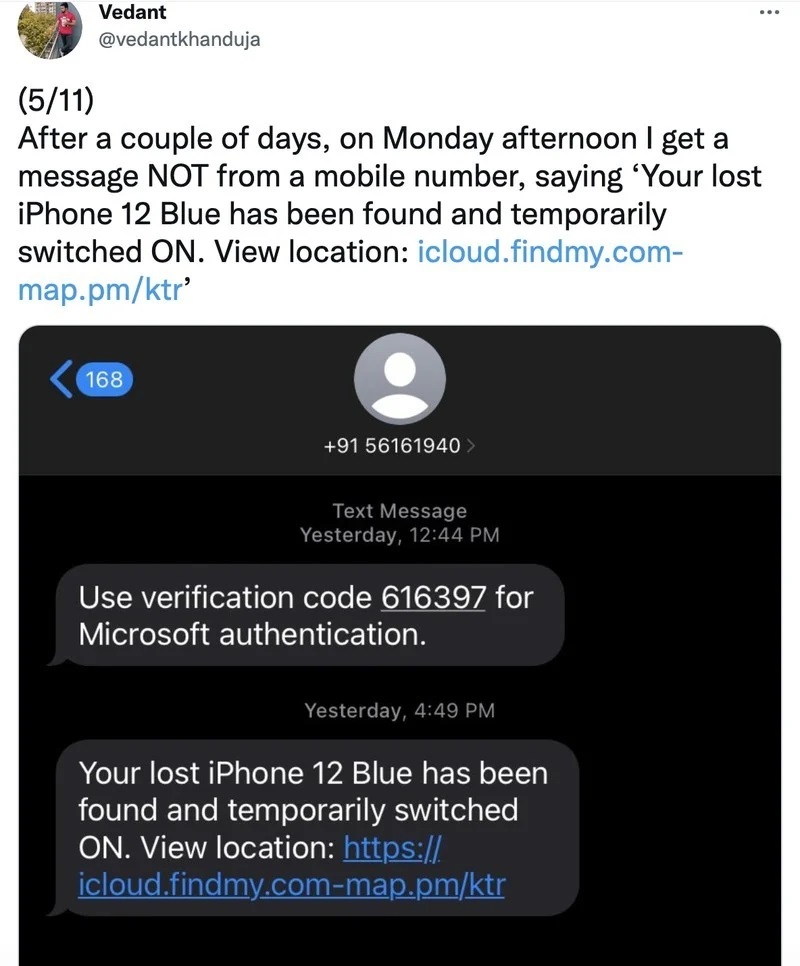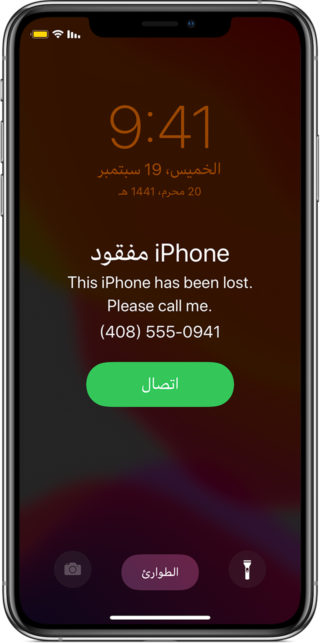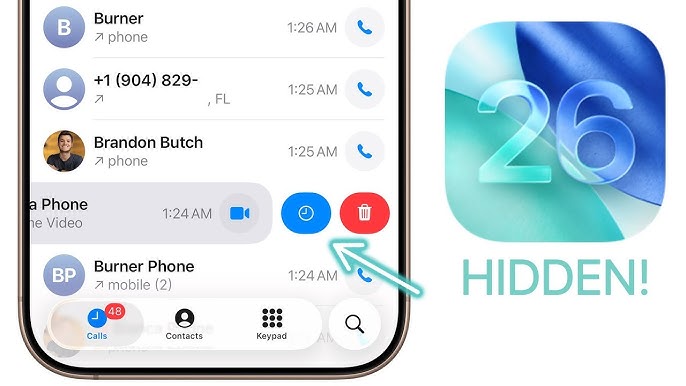Losing or stealing your iPhone can be a big problem, but getting your Apple ID and stealing your password eliminates the last chance to access and restore the device. The iPhone and opened it in a deceptive way, let's get to know the story so that you are not the next victim.

What's the story

The iPhone of an Indian named “Vedant Khandoja” was kidnapped while he was waiting on the side of the road and using the device, of course smartphone theft has become common, but usually thieves avoid iPhones because they are of great use with Find My feature, but what happened With Khandoja it was an extraordinary theft because the people who hijacked his iPhone were not ordinary thieves as they did a phishing attack to steal his Apple ID and password but how did it happen.
Vidant recounted his ordeal on Twitter, urging others to be aware of the types of attacks that can be used to extract sensitive information from users and revealing that the first thing he did after losing his iPhone was to log in with his MacBook and open the Find My app with an Apple ID. In trying to find out where the device is, it is important to note that only if you enable Find My on your iPhone, will you be able to check its location via Find My website.
However, he was told that the iPhone was not connected to the Internet and the system could not get the exact location of the device so he marked his iPhone as lost and reported to the authorities and stopped his SIM card, and when you change the device status to “Lost Mode” It is turned off, so no one will be able to access the data inside the device even after turning it on, and a confirmation email is also sent to your Apple ID email address.
What happens after the iPhone is stolen?

After a while, Khanduja received a message on his number saying, “The lost iPhone 12 has been found and has been temporarily turned on. Show site” and next to the message was an iCloud link.
From the picture, you can realize that the link is designed in a way that suggests to you that it is from Apple, as it includes a number of words that refer to Apple sites such as “i-cloud” and “find my”, and this matter may deceive anyone into believing that the message was sent from Apple Of course, he did not notice that he remembered that the official company link was the following https://www.icloud.com/find It is not in the picture.
Of course, Khanduja quickly clicked on the fake link in the hope of finding out the location of the device, and the site showed an area near it, but he was asked to log into his iCloud account immediately after seeing the location of the device and here he entered his Apple ID and password and a minute later Just one of those entering those details, he received an email notification that his Apple ID had been accessed from a Windows computer and here he realized he had fallen for the trap and hurriedly changed his password and removed the Windows device from his Apple ID But hey, it's too late as his already stolen iPhone has been removed from his Apple ID and the Find my service has also been turned off.
what happened

The fake link was from the thief who was in possession of the victim's iPhone and was able to use the Apple ID credentials to disable Find My on the device. And he was able to send the message with the fake link to him and you can also notice that the thief sent a two-factor authentication message as if by Apple, which is another sign that the thief was not an amateur but a professional person who weaves his threads like a spider to stop his prey and with Find My disabled, the iPhone can be erased and set it up as a new device using anyone's Apple ID as if they were legally purchased.
The real point of this story is to check and double-check the links before trying to open them so you're not the next victim and consider using a password manager that will alert you if you're entering the details somewhere other than the one you saved them from.
And another point you have to activate two-factor authentication on your account so that knowing the password is not enough to enter the account.
Source:



29 comment